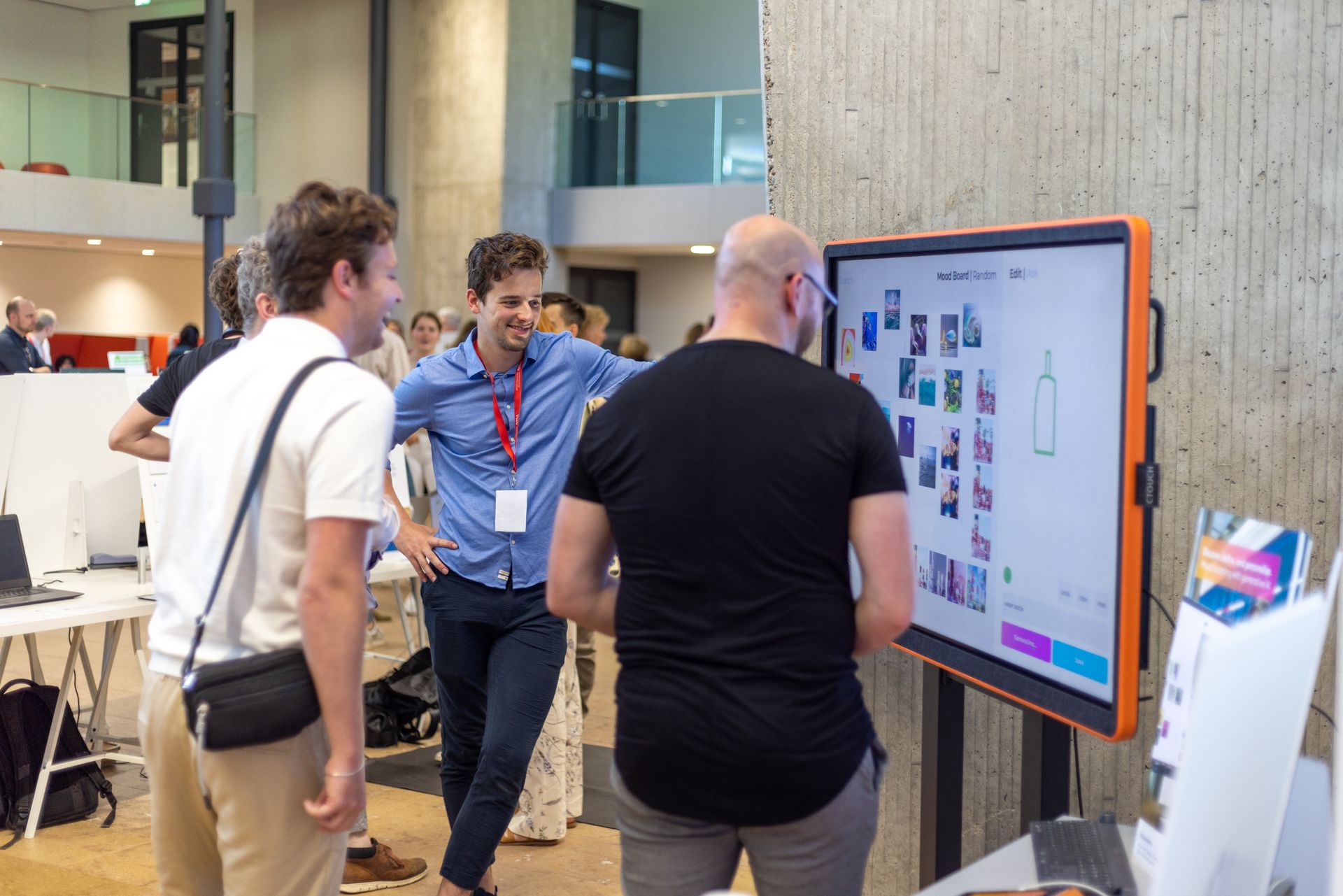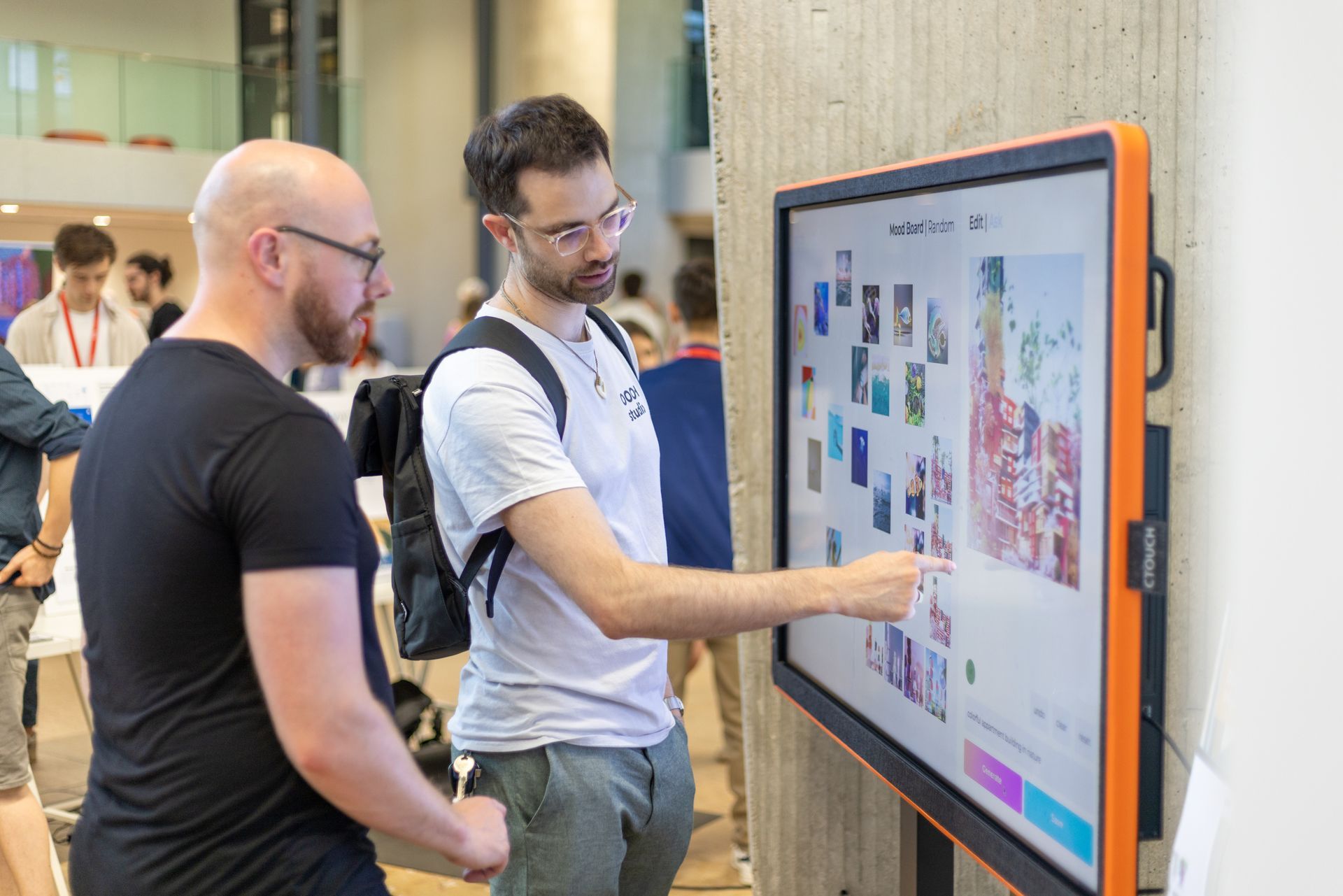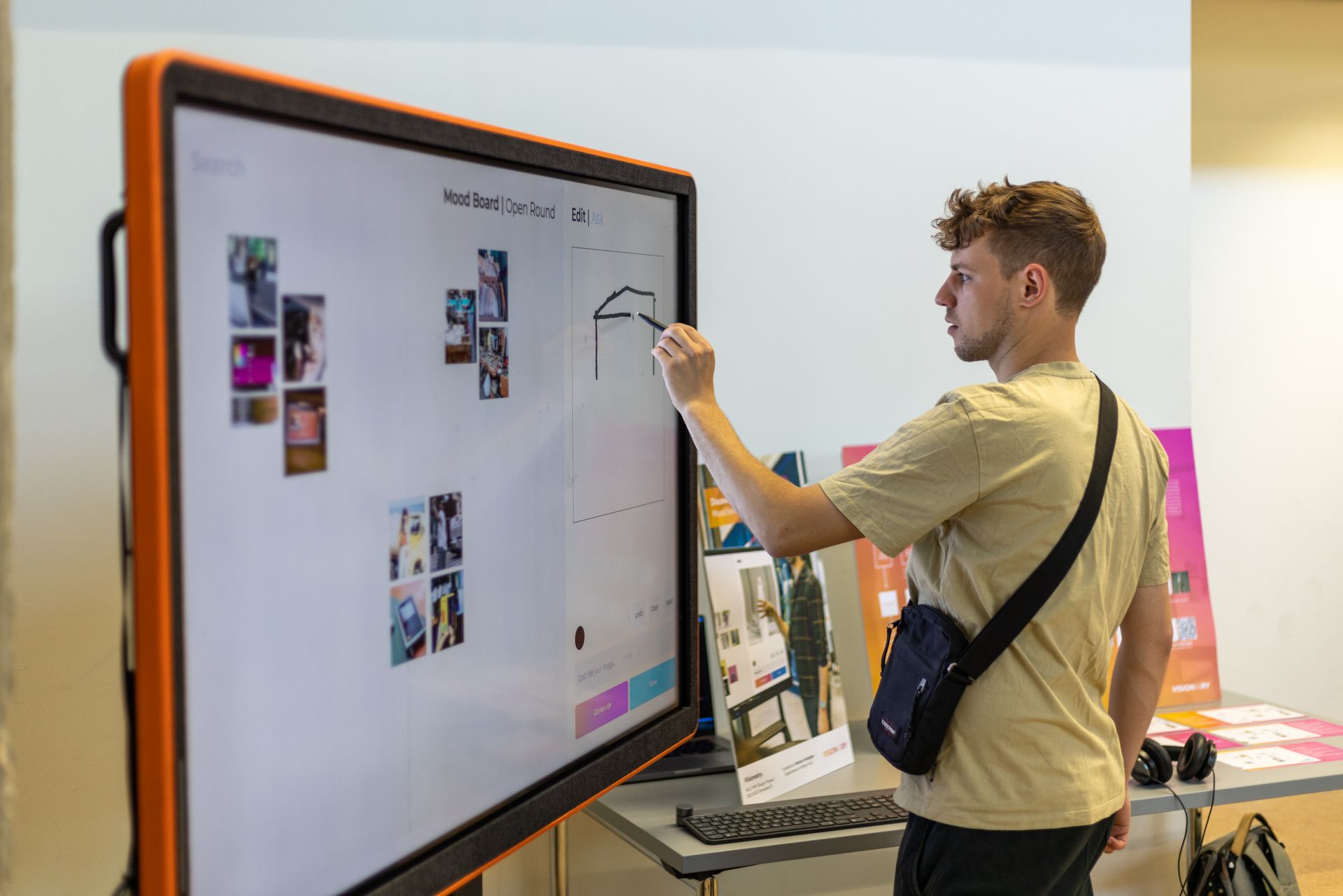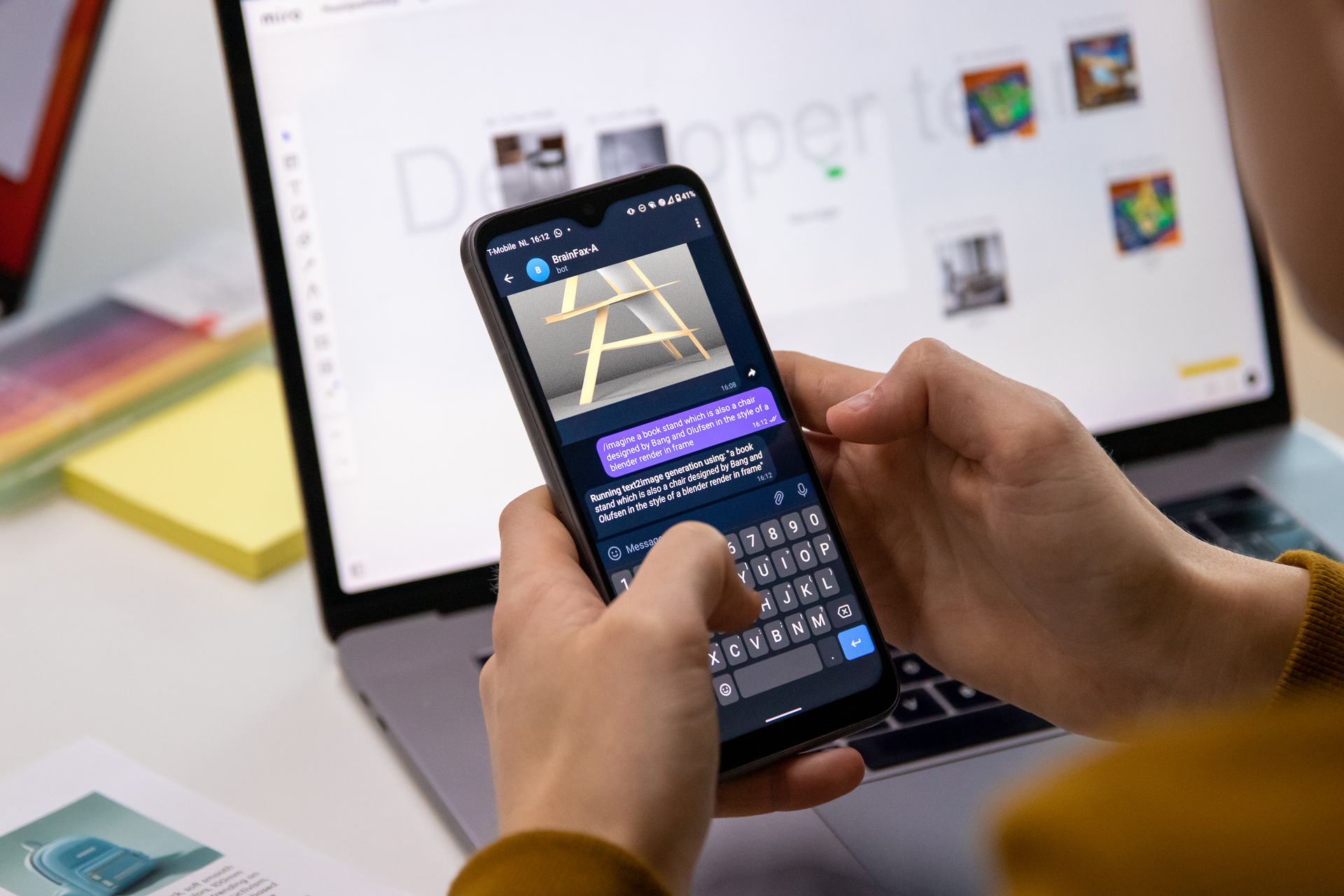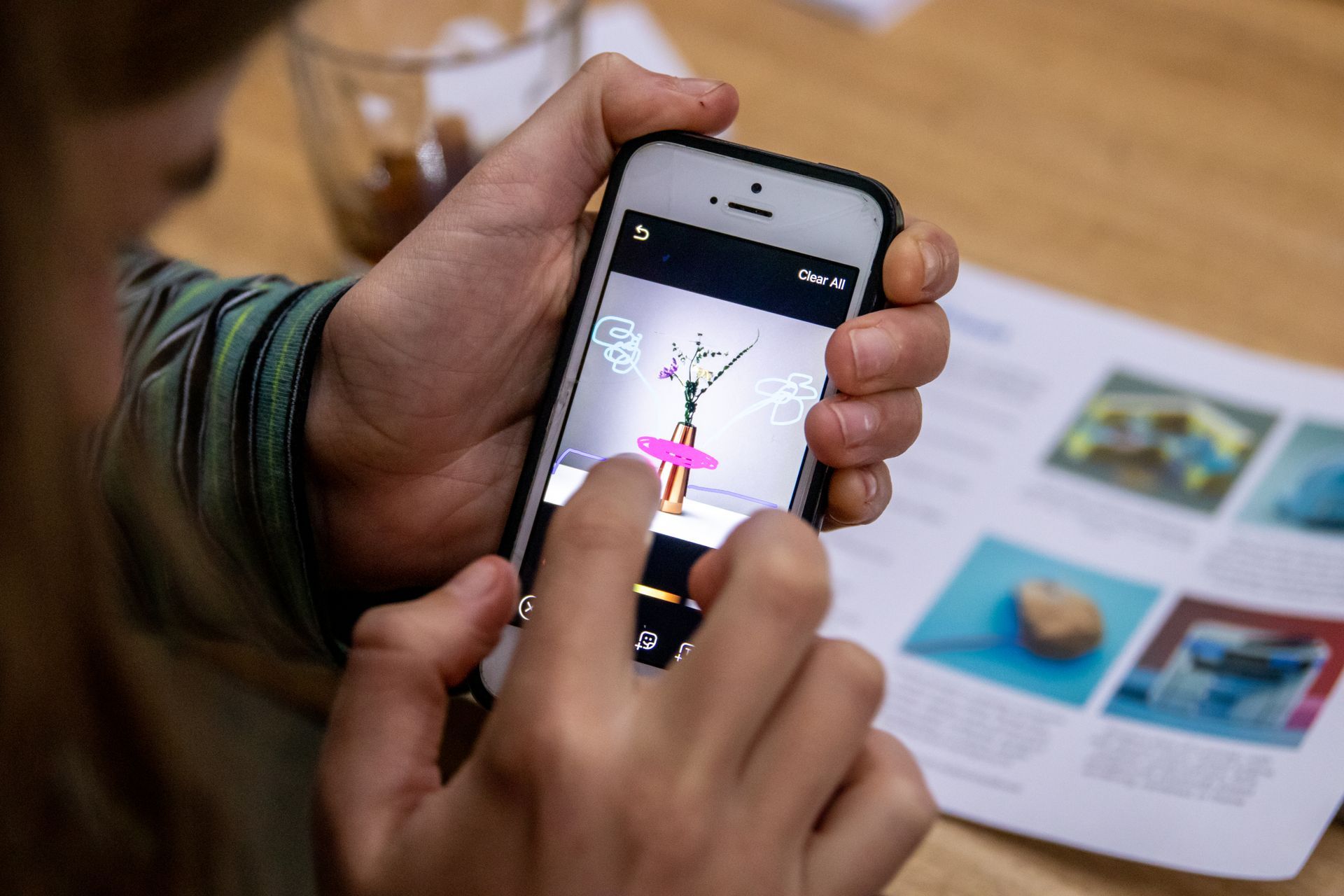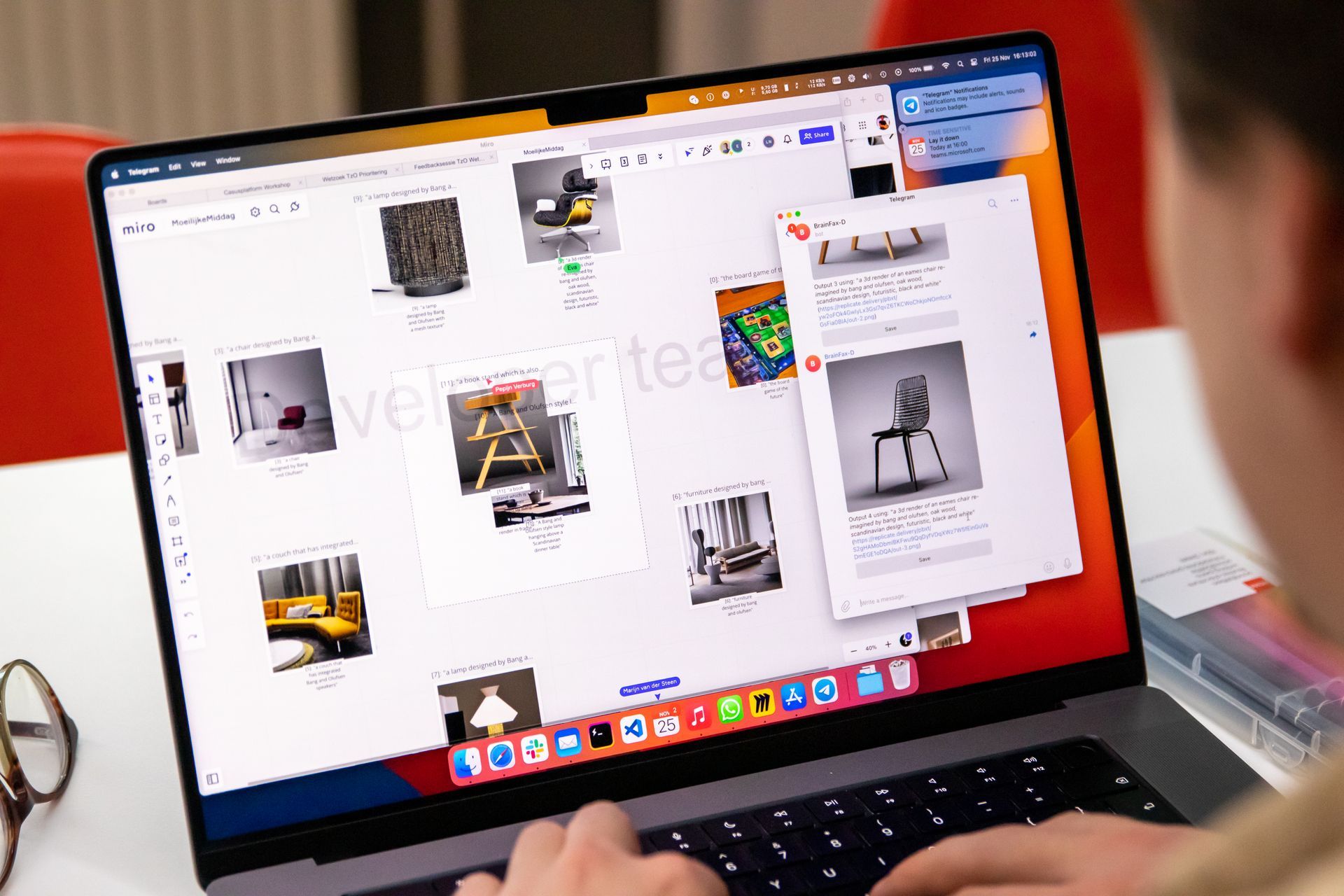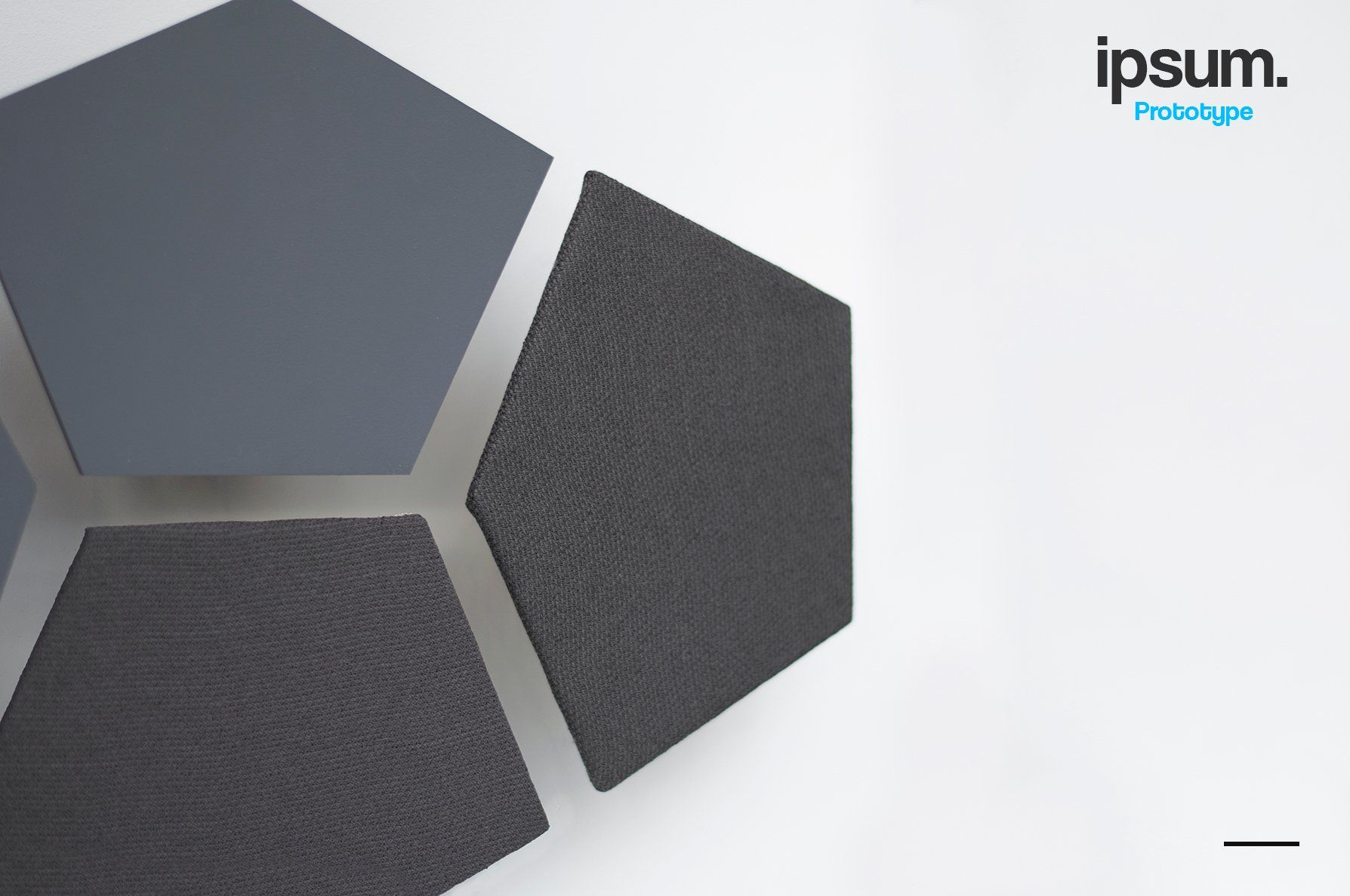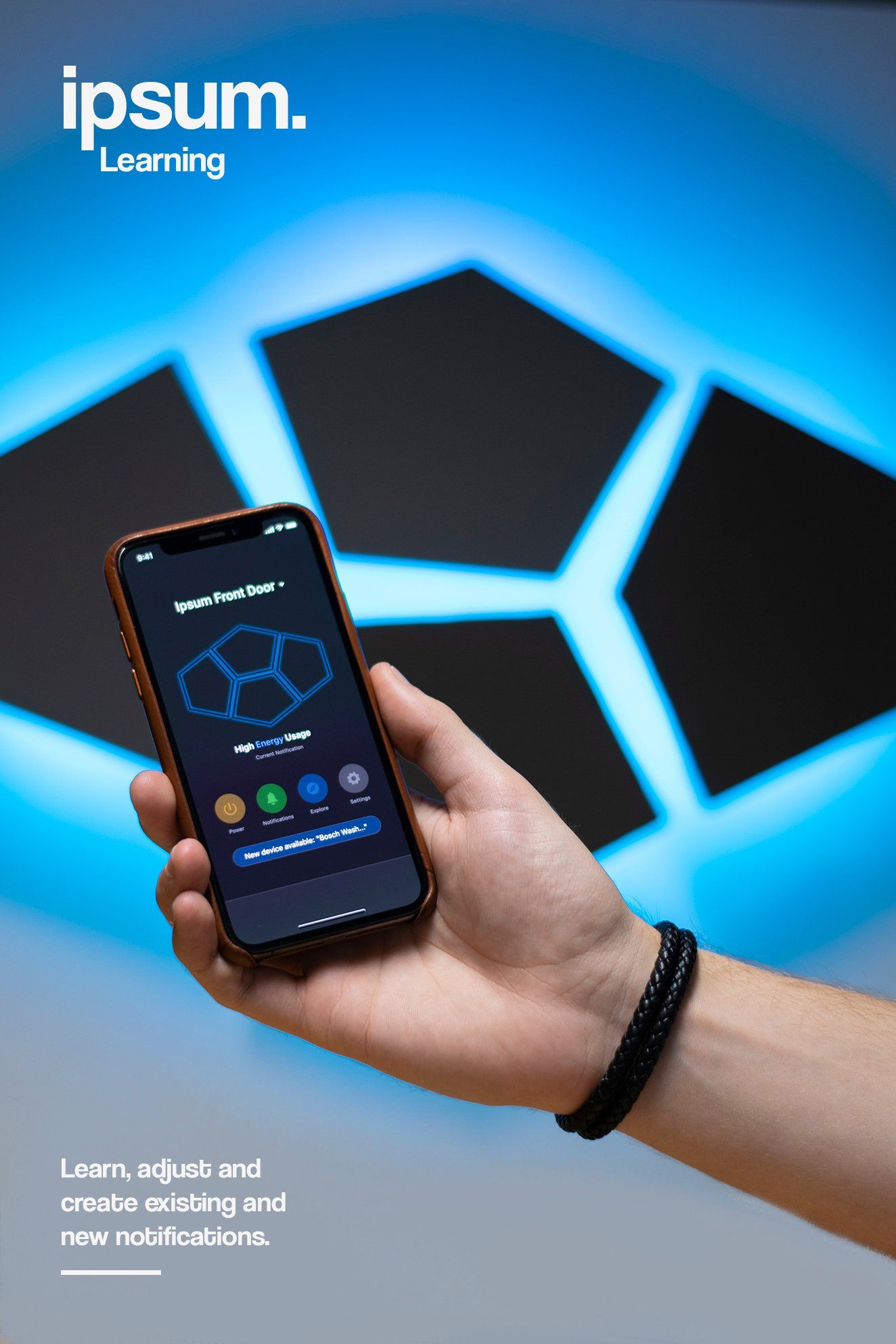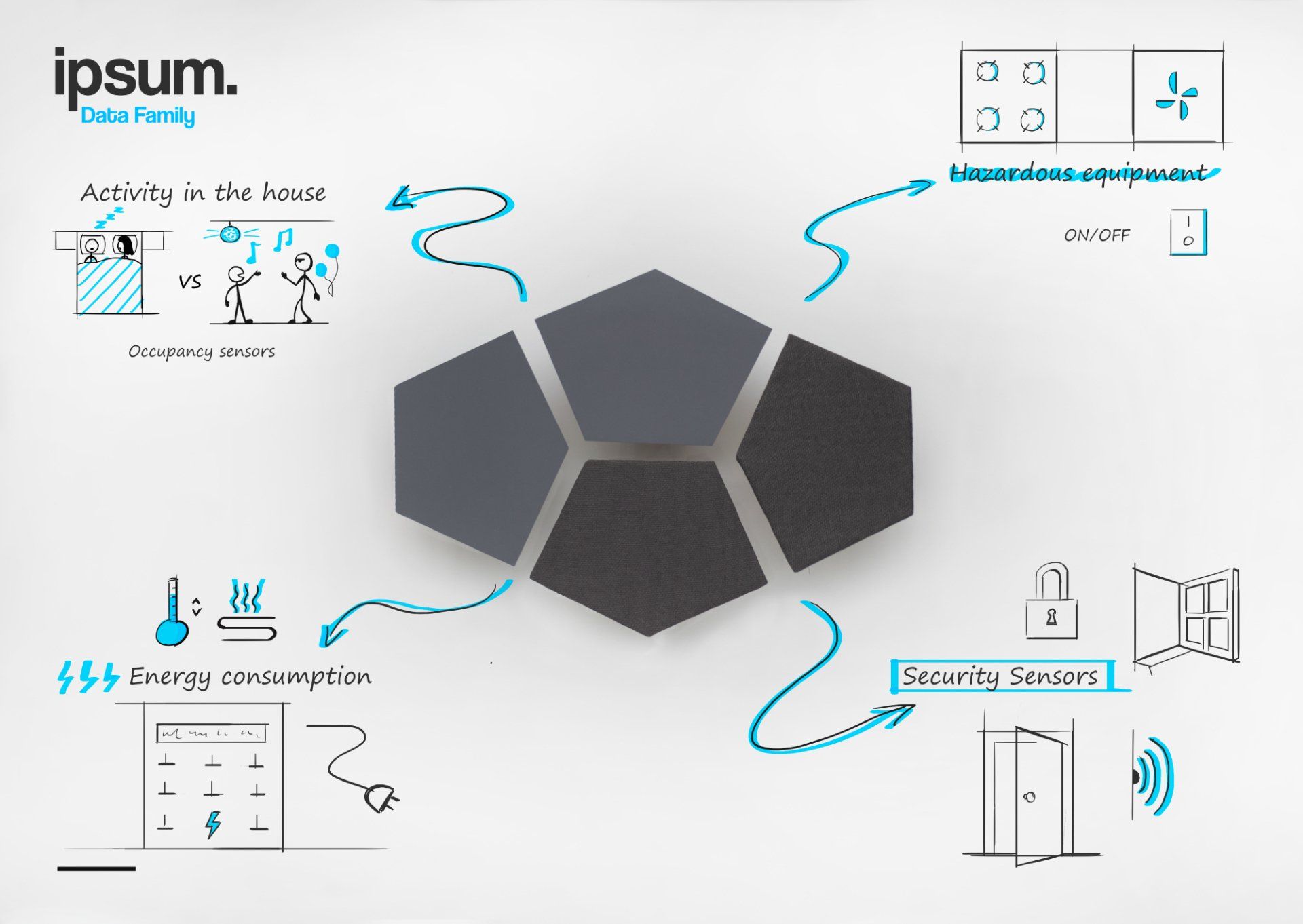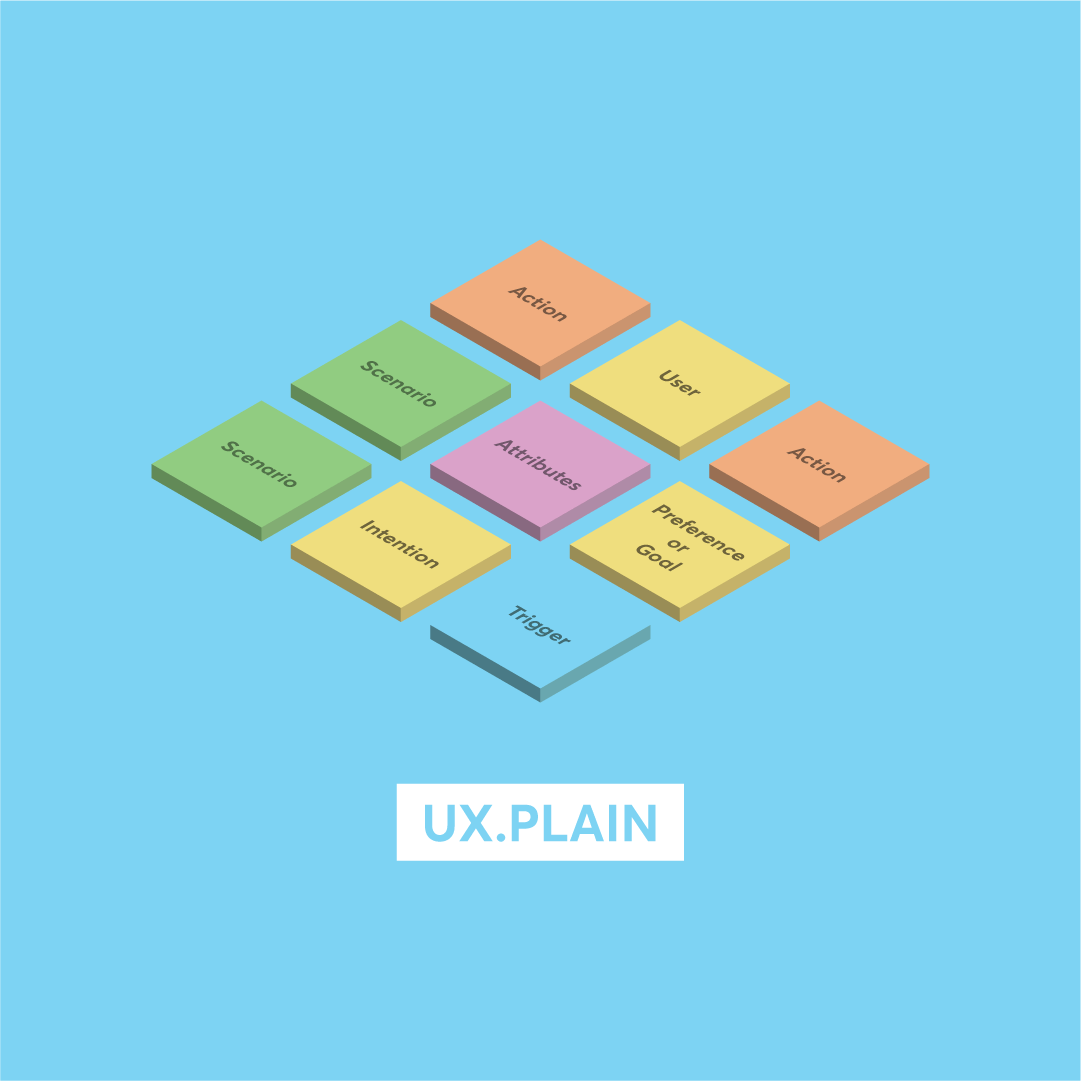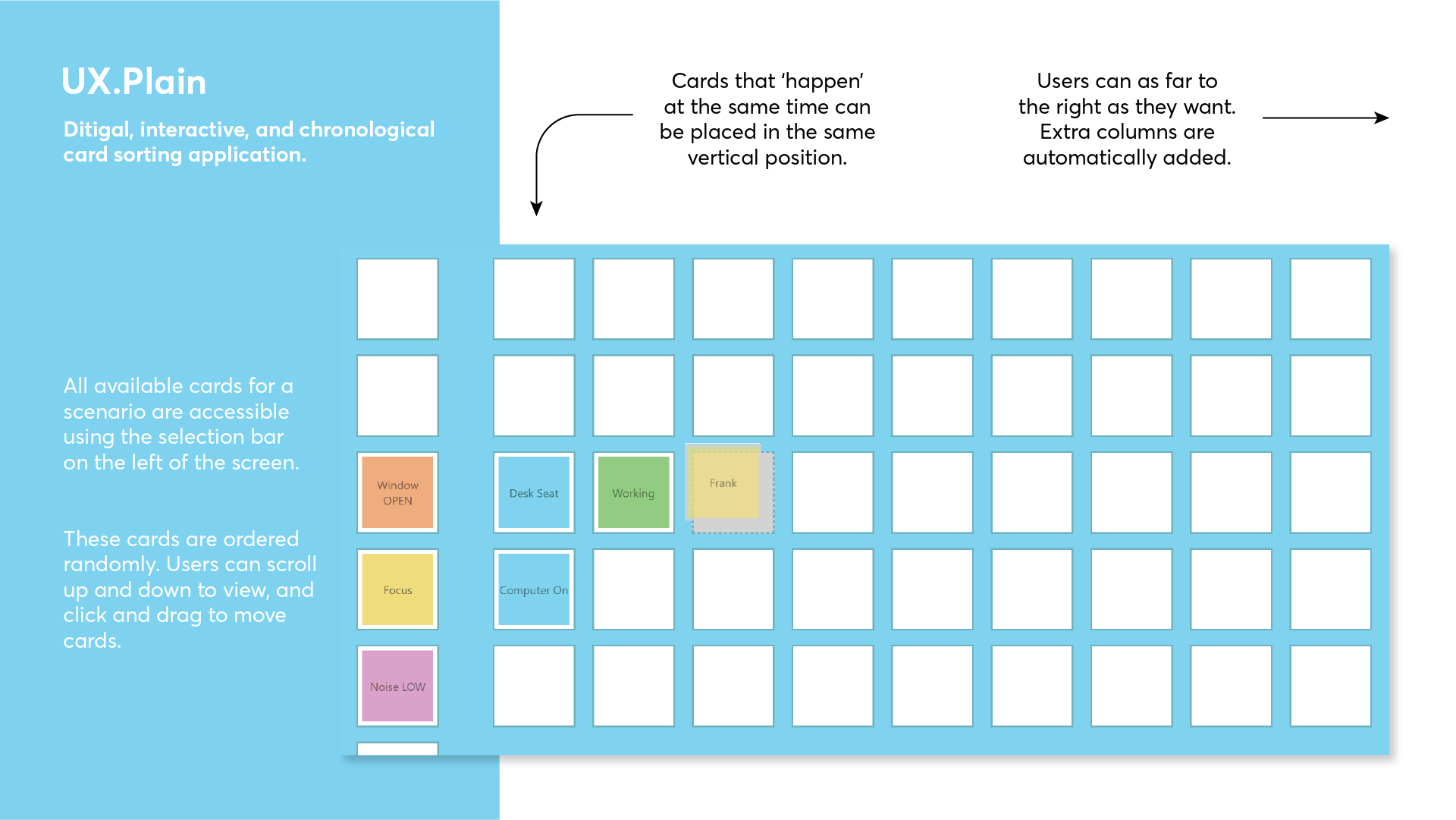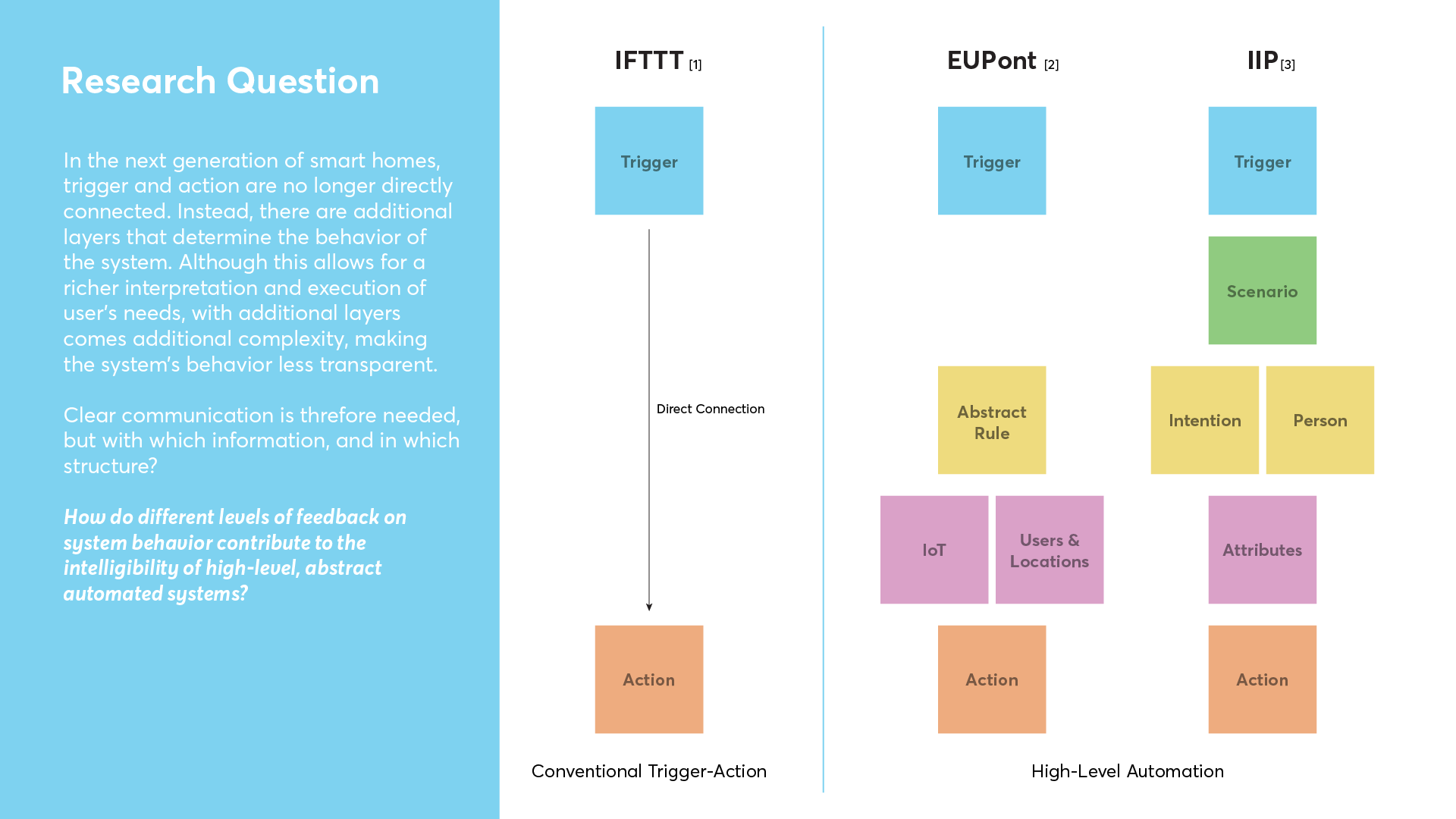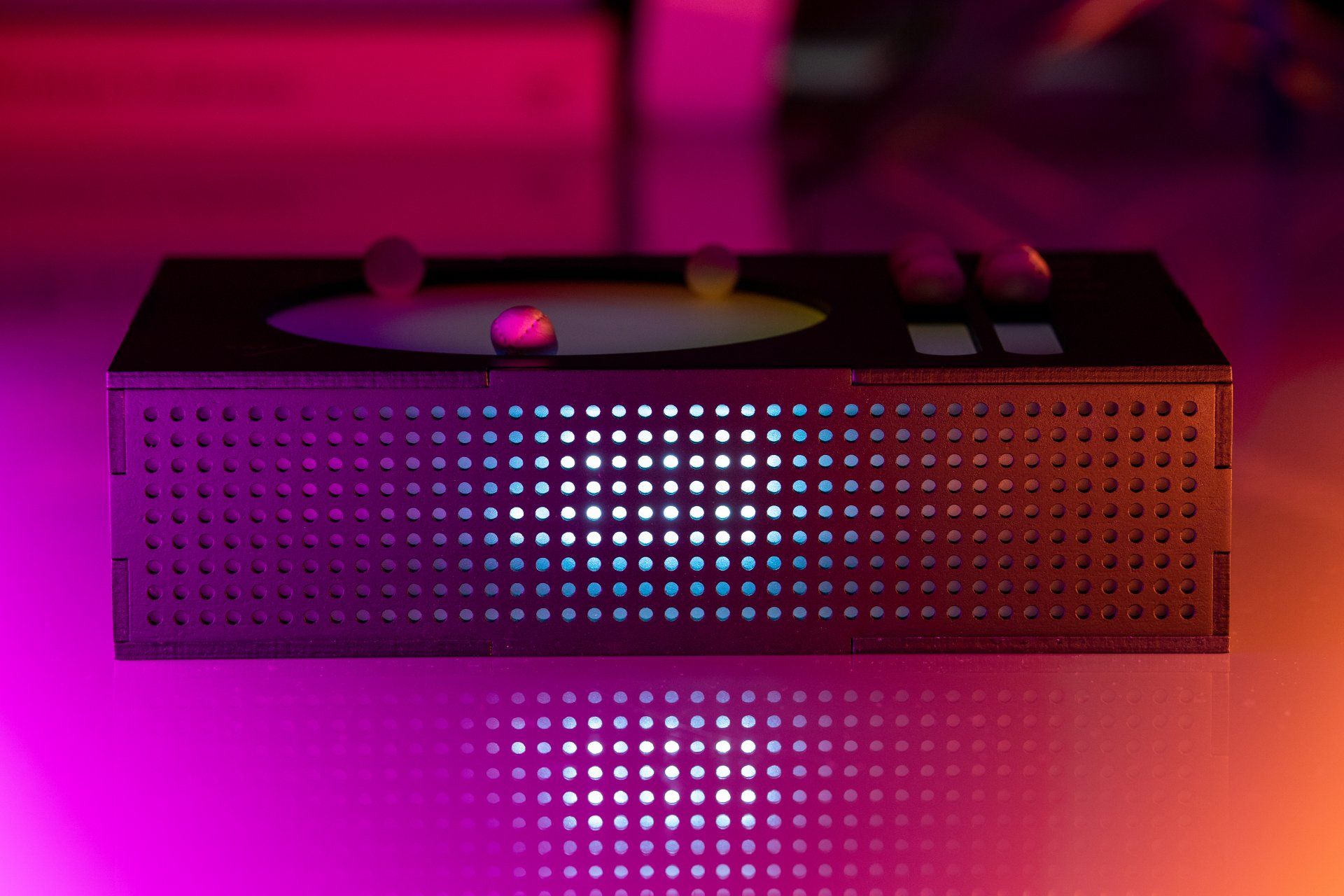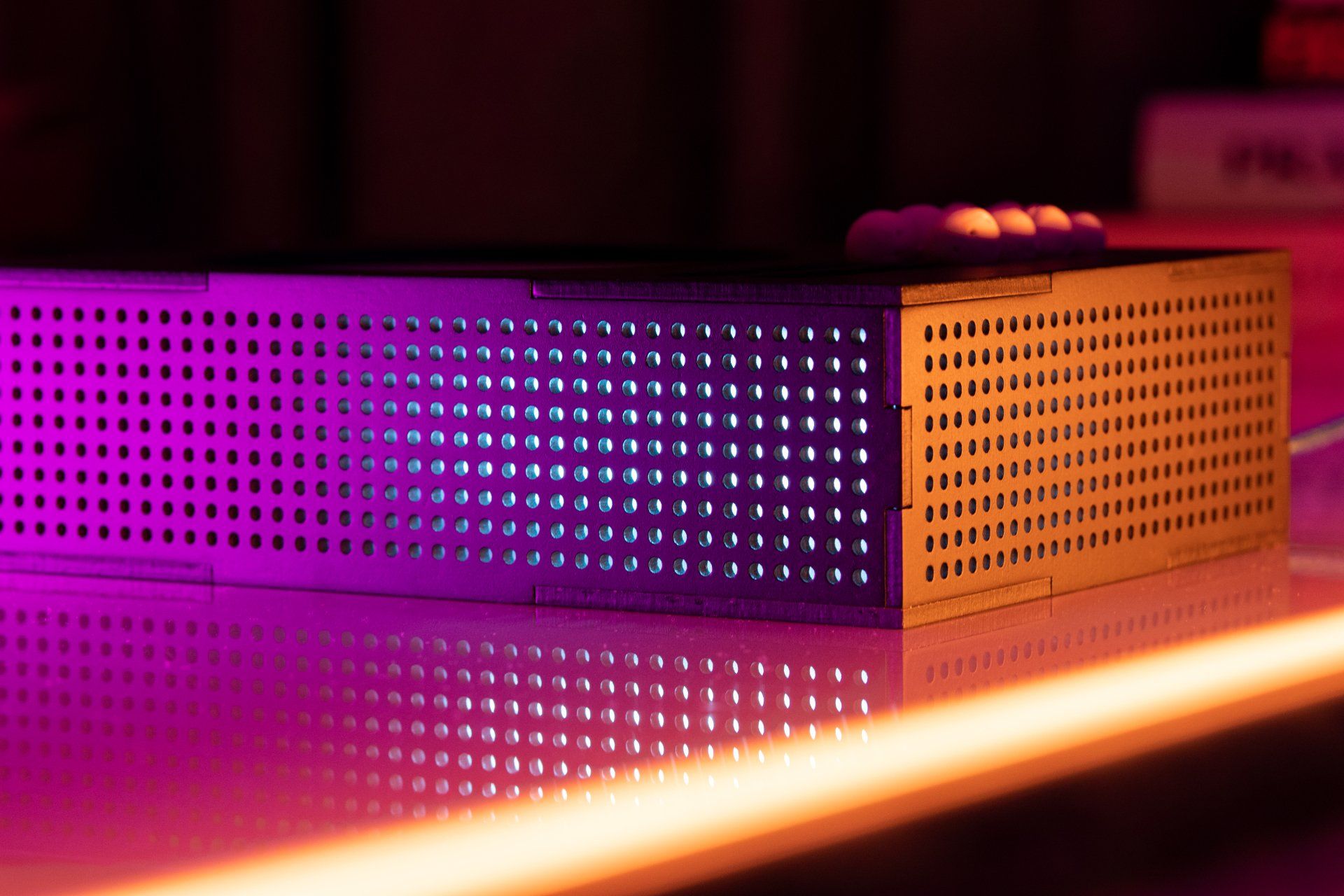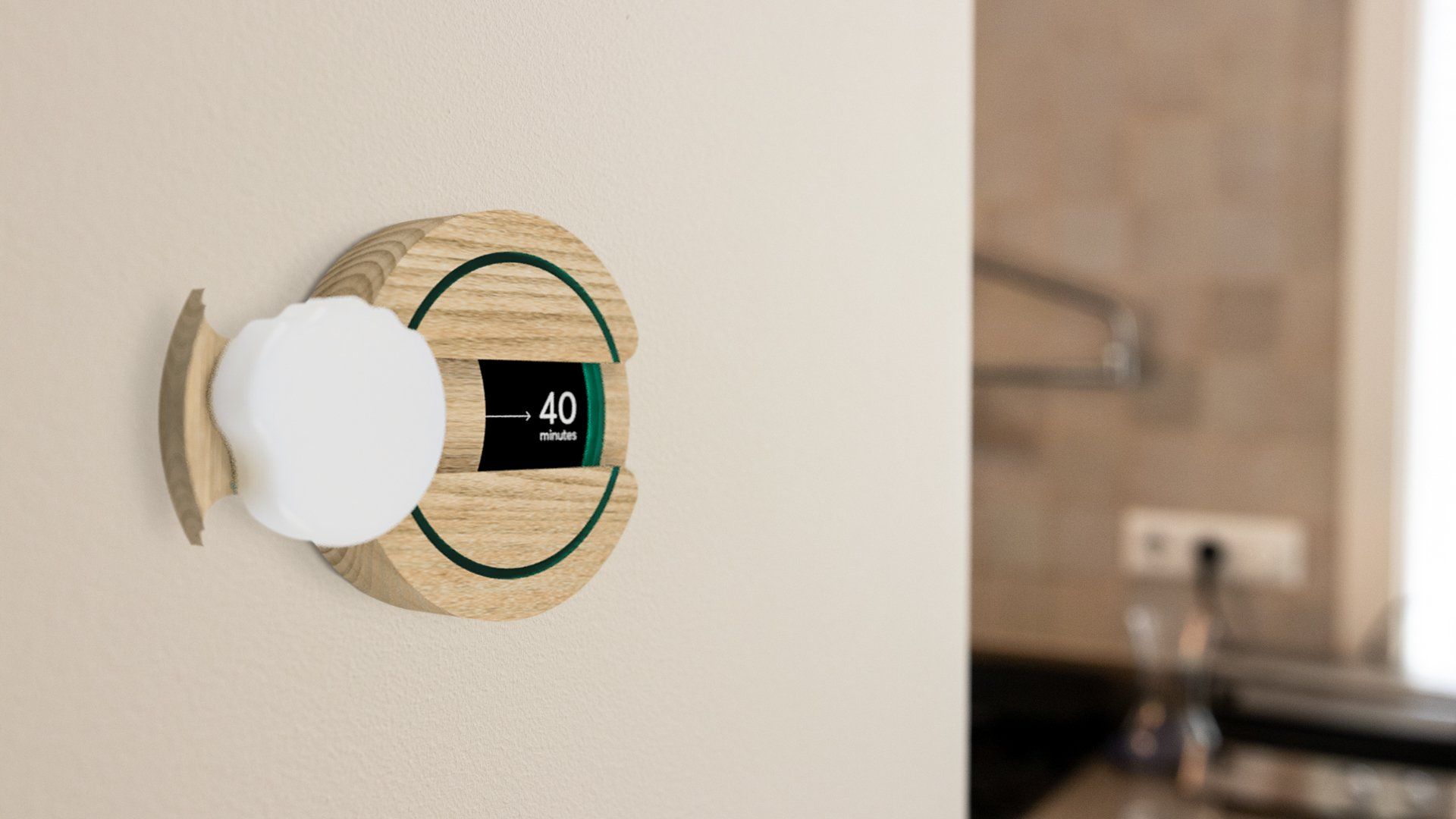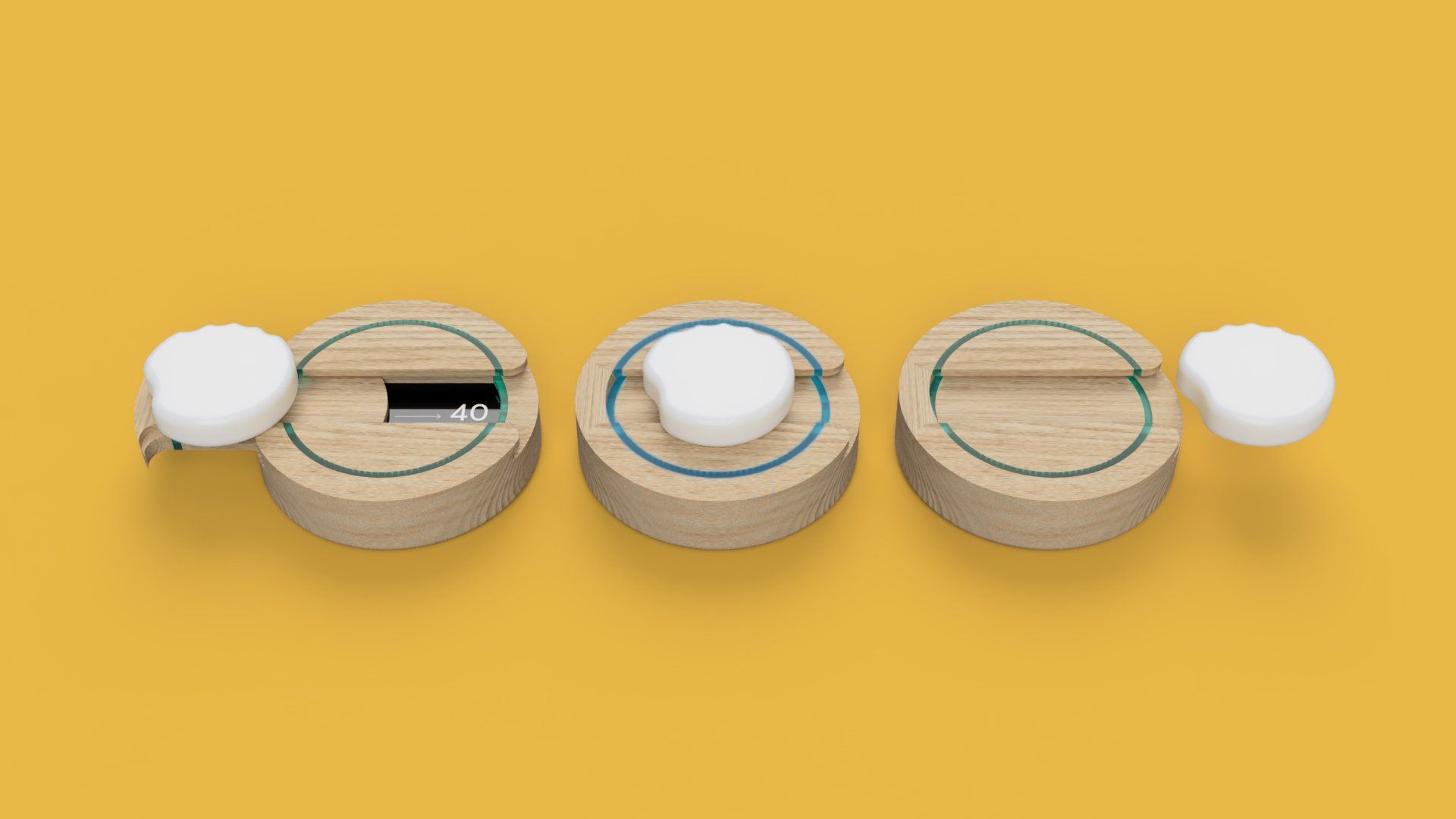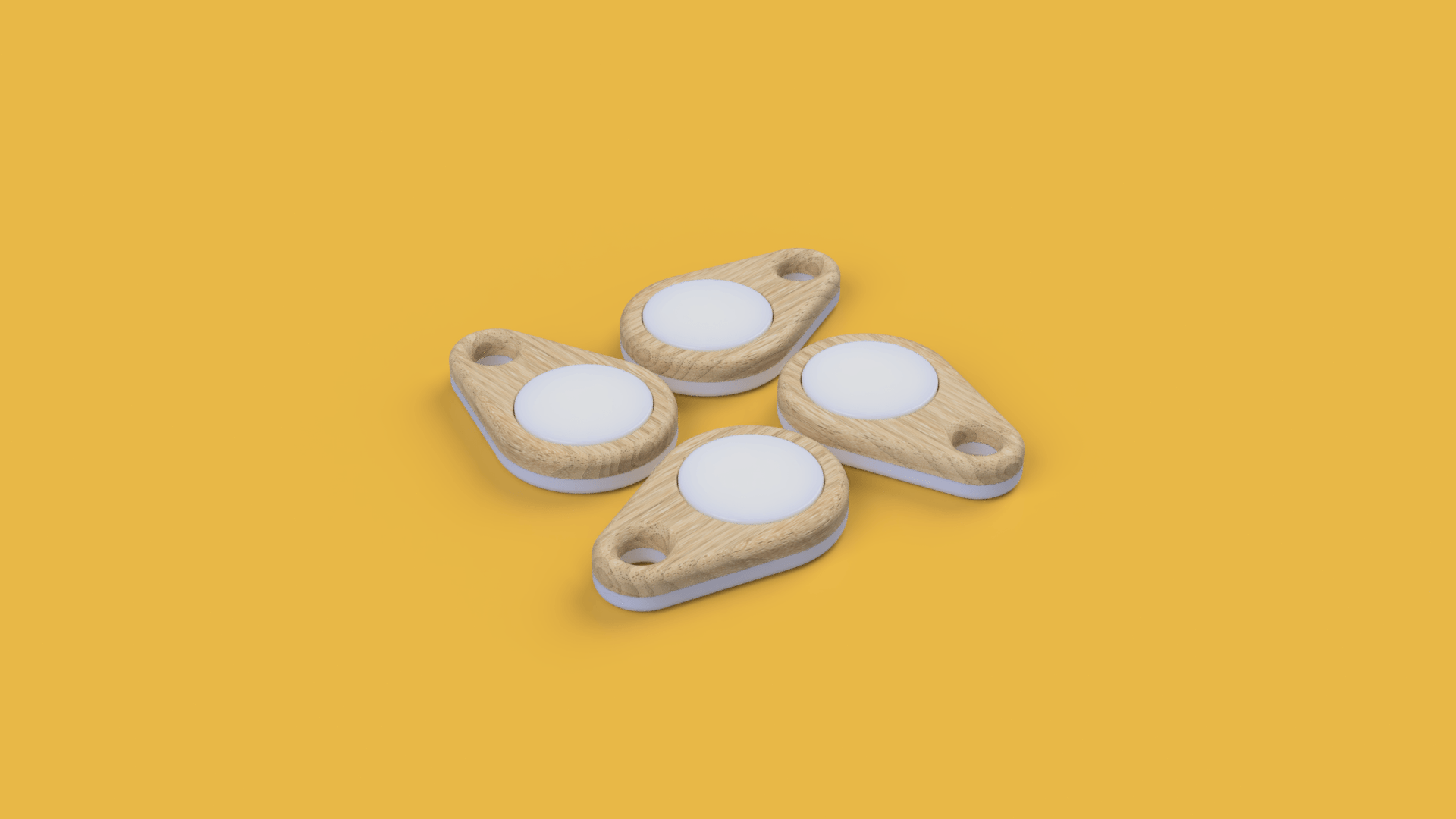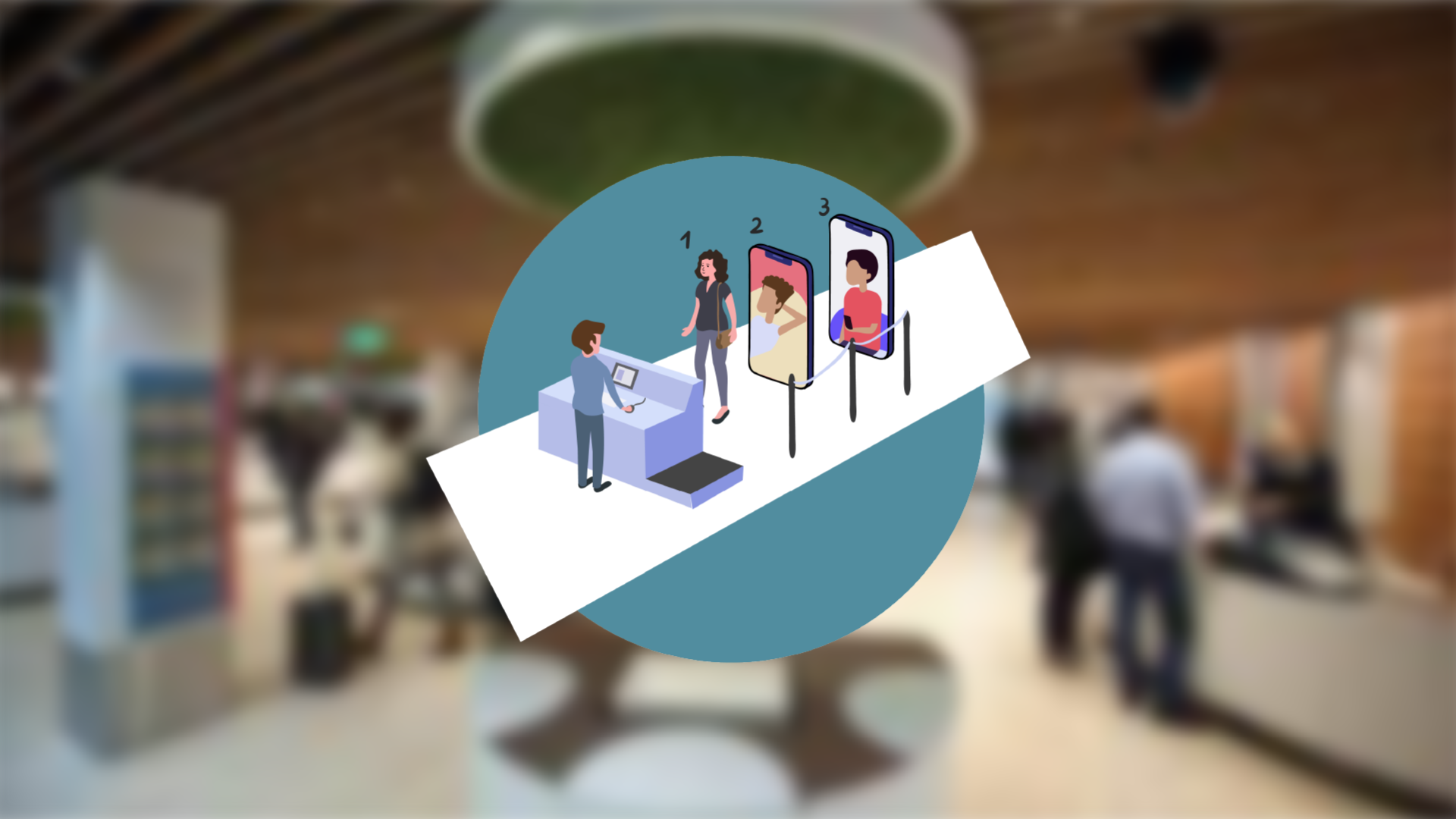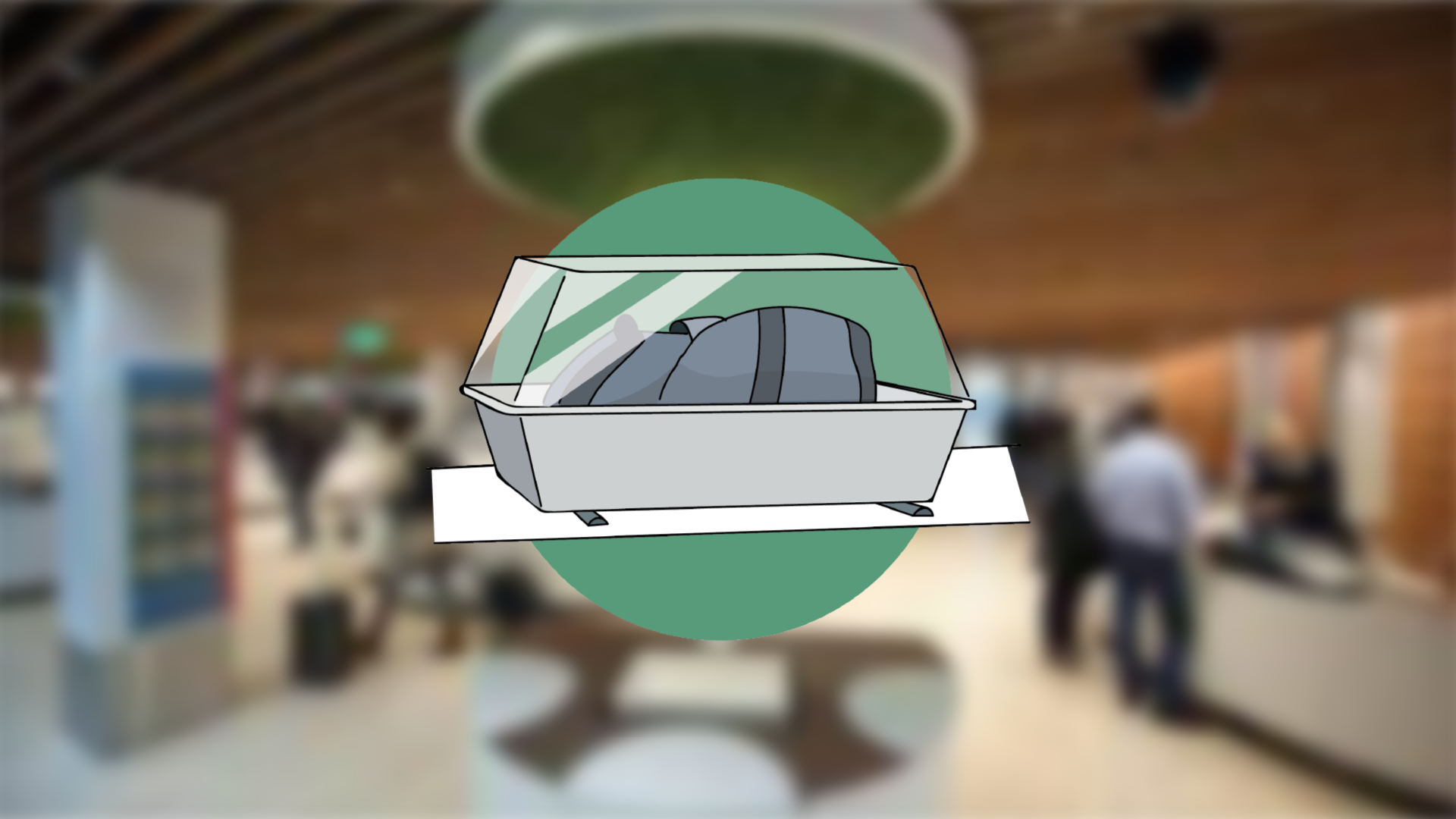Visionairy
2023 - Design Research - Generative AI | Design Process | Storytelling
How can you be creative, even when you’re not? Designers can be faced with tunnel vision or have trouble defining what they are looking for. Additionally, exploring or communicating ideas visually can be discouraged by a lack of time and skills.
Meet Visionairy, the innovative AI mood boarding tool revolutionizing design ideation. Discover an endless source of inspiration through the infinite image feed. It dynamically changes its content based on your behavior to stay relevant and up to date.
Define your visual narrative with AI generated keywords that not only describe your current mood board, but also provide alternatives to broaden or pivot your exploration. You can even chat with images to reach unprecedented levels of understanding.
Finally, personalize your mood board with simple sketching and generative AI for targeted image adjustments, image merging, or bringing your doodles to life. Get ready to amplify your creativity and engage in an immersive journey of inspiration. Be creative. Be a Visionairy!
BrainFax
2023 - Design Research - Generative AI | Design Process | Storytelling
As published at CHI 2023 Conference
Visual communication in collaborative design provides common ground and a tangible trace of thoughts. Yet, it is often underused due to a lack of visualization skills and time needed to sketch and detail. Current visual co-creation tools can support this with existing images, whereas generative AI can produce entirely new images from textual prompts, allowing for highly specific, personalized results. In this paper, we explore how AI image generation can be used to enhance inspiration and communication throughout collaborative design.
We introduce BrainFax, a tool that facilitates generating, editing, and sharing images with AI through a chat bot and online whiteboard. Through co-creation with designers in the field, we found that AI image generation can boost designerly co-creation, yet needs careful embedding into a workflow to leverage inspirational and communicative creations. We close with a critical perspective on the implications of this technology for design and discuss limitations and future work.
Ipsum
2021 - Design - UX | Value Driven Design | IoT
As featured on Dutch Design Week | DutchDesignDaily | Industrial Design TU/e
During the entry/exit experience, ‘Ipsum’ serves as a personification of the house. Through an abstract range of movements, sounds and light animations, it allows inhabitants to become more aware of the state of their house when entering or leaving. Ipsum’s character traits are driven by its situational awareness of the house, enabling the house to come alive. Within our design, we do not consider the exit/entry experience as a whole, but rather as two different rituals that feature different values and practices.
For the exit experience, we focus on the feeling of responsibility and security so that you consciously and confidently leave your house behind. Ipsum represents the state of different aspects of the house, like open windows. For the entry experience, the emphasis lies more towards the emotional aspect. When entering, Ipsum provides a welcoming experience representing the atmosphere of the house so that you can re-join your home and the other people present.
Team Members
Charlaine Janssen, Bart Bongers
UX.Plain
2022 - Design Research - UX | Mental Models | AI | IoT
The future of home automation is slowly moving towards a new type of high-level, abstracted systems. Using additional contextual layers between trigger and action, these systems have more flexible automation rules that dynamically work across different contexts and needs.
With additional layers, however, comes additional complexity, making the behavior of the system less transparent. So how should the behavior of these systems be communicated? In other words: how different levels of feedback on system behavior contribute to the intelligibility of high-level, abstract automated systems?
For this question, I developed UX.Plain, a digital card sorting application that allows users to structure system information according to a simple scenario. The cards represent different types of system information, which can be placed on the grid chronologically from left to right. By capturing the perceived causal relationships between the information types, UX.Plain can be used to evaluate people’s mental models for these types of systems.
A-Eyes
2022 - Design - Interaction | AI | IoT
Artificial intelligence has made its way into the home environment for quite some time now. Besides technical limitations, however, a lack of communication between user and system results in poor results and collaboration. The user is often excluded from the decision process. But surely, it does not have to black or white. What if AI is used to collaborate, not automate?
In the context of smart lighting, we developed 'A-Eyes', a playful light controller offering a 'Dynamic Task Division' between human and AI that allows them to work within each other's suggestions. By dynamically entering specific settings, boundaries, or no limits at all for hue, saturation, brightness, and white balance, human and AI collaborate to find the ideal lighting settings for any time of the day.
Because this focuses the AI on creativity instead of repetitiveness, unexpected light effects and novel experiences can be created while allowing the human to dynamically vary their own level of control.
Team Members
Rick Knops, Nikolas Barrera Parisakis, Chenyi Zhu
Lumo
2020 - Design - Interaction | AI | IoT
Final Bachelor Project
More and more products around us are becoming ‘smart’. These products try to learn from our behavior to create a schedule, containing the settings that the system will use to control the lights for example.
Now it turns out that ‘smart’ products do not really live up to their name, because they don’t know why we are making a certain change. As a result, the system might think you want to use the light settings of a random workout every day for example.
To solve this problem, Lumo offers a meaningful and intuitive way to communicate with ‘smart’ lighting systems.
Lumo characterizes two types of changes: temporary changes, to temporarily overrule the settings of the schedule, and structural changes, to adjust the settings of the schedule itself. Using an embodied, sliding controller, changes can be made to the brightness and white balance of the lights. Using its base station, you can communicate to the AI if your changes are temporary or structural. Finally temporary presets can be loaded onto tokens throughout the house to make quick adjustments. Please watch the video below!
Timely
2019 - Design Research - UX | Behaviour
About one third of time in meetings is experienced as not productive. Working with a meeting agenda or chairman might help, but it remains hard to be productive and committed 100% of the time. So how can we increase the effectiveness and efficiency of meetings?
For this research project, we introduced 'Timely', a very simple artefact featuring an LED ring and button in the middle. All subjects of a meeting agenda could be uploaded to Timely, including a rough length (short, middle, long). By also adding the preferred total meeting time, Timely would calculate how much time the group would have for each subject.
During each agenda point, the LED ring would slowly fill up according to the time remaining for that subject. By pressing the button in the middle, the next subject is activated. When participants take less or more time than indicated, the difference will be proportionally added or subtracted from remaining subjects.
Participants felt more committed and collaborated to stay within the limit. It lowered the threshold for pointing out inefficient behaviour, resulting in an average decrease in meeting time of roughly 50%, while maintaining the same goal attainment.
Team Members
Mirthe Nachtegael, Britt Stegers, Jelle Wijers
Schiphol Security
2021 - Essense Design Case - CX
Schiphol customs is a very crowded area. Many people are waiting in line, who are usually stressed about their personal belongings, which are difficult to keep track of. How can this experience be improved?
Through the use of a simplified service blueprint, we identified that there exists a temporal and spatial disconnect between passengers and their luggage while going through x-ray, creating a lack of visibility, awareness, and accountability; social translucence. Therefore, group size had to be reduced and luggage handling would have to be more secure.
Using decision theory, we introduced virtual queues with time slots to prevent large amounts of passengers at a time and allowing them to trust the system to ensure they are on time. This lowers the passenger's urge to maximise, creating a more relaxed experience.
Although the reduced group size offers more social translucence, lockable luggage trays are introduced to increase one's perceived control over their belongings when they are spatially and temporally disconnected during x-ray.
Team Members
Charlaine Janssen, Bart Bongers, Rick van Schie

